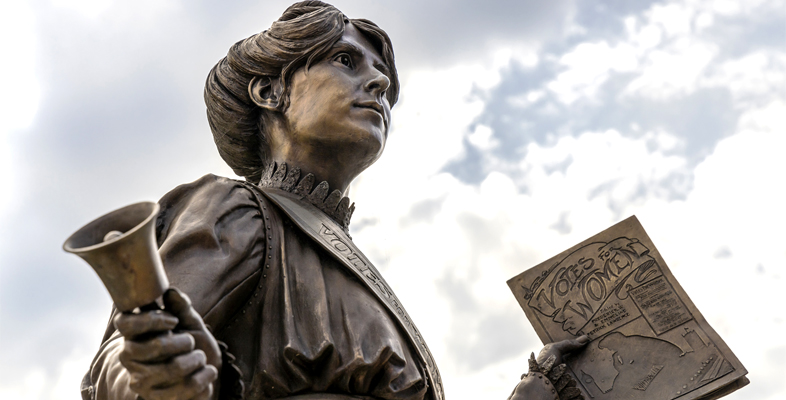3.2 The true story genre
This style of writing, which you are going to explore in the activity below, was one that Nield Chew adopted to communicate in particular to a middle-class readership. Had she been writing today, Nield Chew would probably have written screenplays for docu-dramas, inviting her audience to enjoy vicarious experiences and drawing attention to socio-economic problems. The intention behind the story you will read – ‘The Mother’s Story’ – is similar. This text has been selected because it refers to the plight of women in Stoke-on-Trent, one of the ‘Five Towns’ of ‘The Potteries’ mentioned in her story. As you are reading, consider how Nield Chew adopting a different style of writing would have drawn attention to conditions for women in quite a different way.
Activity 3 Learning through stories
Task 1
Read the following extract from Ada Nield Chew’s ‘The Mother’s Story’.
In your first read-through, think about what effects Nield Chew might have been aiming at in writing it. What effects does it have on you as a reader? As you read, make notes on this, either in the text box below or in your learning notebook. This will help to focus your reading in preparation for the next part of this activity.
Ada Nield Chew, ‘The Mother’s Story’ [Tip: hold Ctrl and click a link to open it in a new tab. (Hide tip)]
Discussion
Ada Nield Chew wrote in a very engaging way about the experiences of women far removed from the literate, middle-class audience she anticipated. She thought, probably correctly, that her audience had no appreciation of the hard life lived by the working poor, and especially by the women. Her approach and style of writing gave an immediacy to the stories she told. Had she simply protested against generalities, would her points have hit home so hard and so well?
Task 2
Reread ‘The Mother’s Story’. Make notes, either in the text box below or in your learning notebook, in answer to the following questions:
- a.What is the problem that Nield Chew identifies?
- b.What remedy does she propose?
- c.What, according to her, are the implications of the war on dirt?
Discussion
The main points you will probably have noted are:
- a.The problem that Nield Chew identifies is the war being waged ineffectually by working-class women against dirt and the effects of poor housing and sanitation.
- b.Ada Nield Chew reflected that if anything was to be done to solve the problem, it would demand concerted action of some kind. At the end of the story she sees this as necessarily concerted action by women themselves.
- c.She believes that the problem is inextricably linked with the poor health of the nation. (It was at about this time that the governing class was becoming acutely aware of the fact that many working-class males were medically unfit for military service.)
